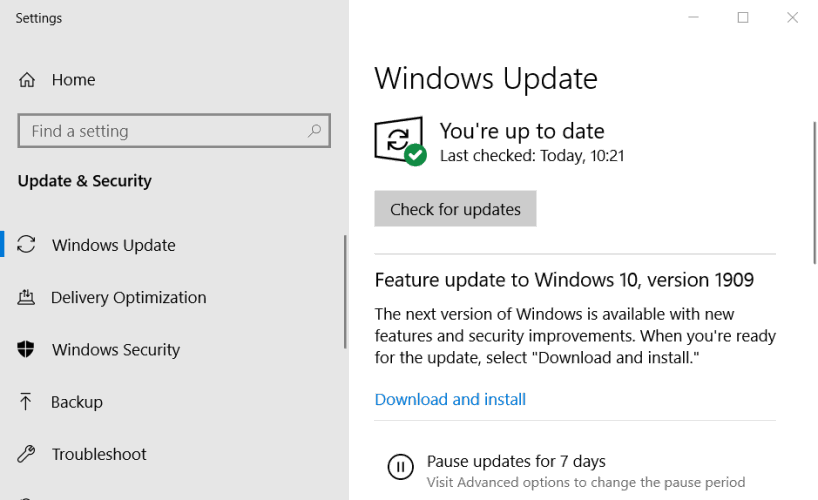

Want a copy of for your own development purposes.

The assumption is that somewhere out there is an hg project that you Getting an Existing Repository (Cloning a repository) With hg add we included the files, now we secure the file contents.Īnd that's it.
#Tortoisehg upgrade working copy code
The assumption is that you have a bunch of files and folders thatĬontain code and are in a main folder for the project. It's more likely to be similar to CVS/SVN. The nature of the program is for everything to be flat, in actual usage Pushes and pullsĪre most likely going to go through that master copy. Will typically end up having the master copy. Typically one person in charge of "the release" for a project, and they As changes are made, you push and pullĬhanges to and from each other. Instead, it's distributed, andĮssentially you have the master copy. There are two ways for this to get set up.ĭoesn't have a primary repository. Your project will have a repository for hg to track files. hgignore file gets added to the repository, so after you create the file, run hg add and hg commit. It's a listing of what file types shouldn't be hgignore file goes in your project directory (right next to the

Obviously your file should have your name and email address. Providing the info yourself when you run hg or having hg guess what theĪnswers should be. Source information from that file, thereby saving you the hassle of hgrc file in your home directory will allow for hg to
#Tortoisehg upgrade working copy download
Viewing the project history in your web browser, download via Mercurial's web serverĬreating a.


 0 kommentar(er)
0 kommentar(er)
